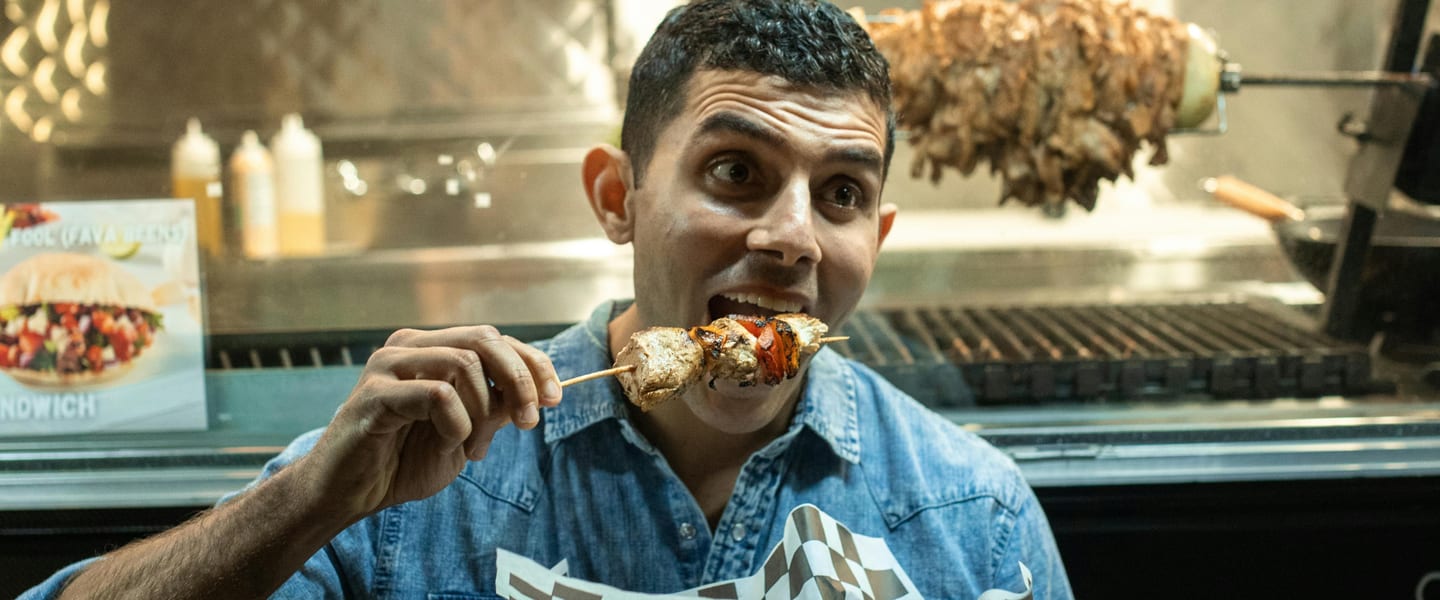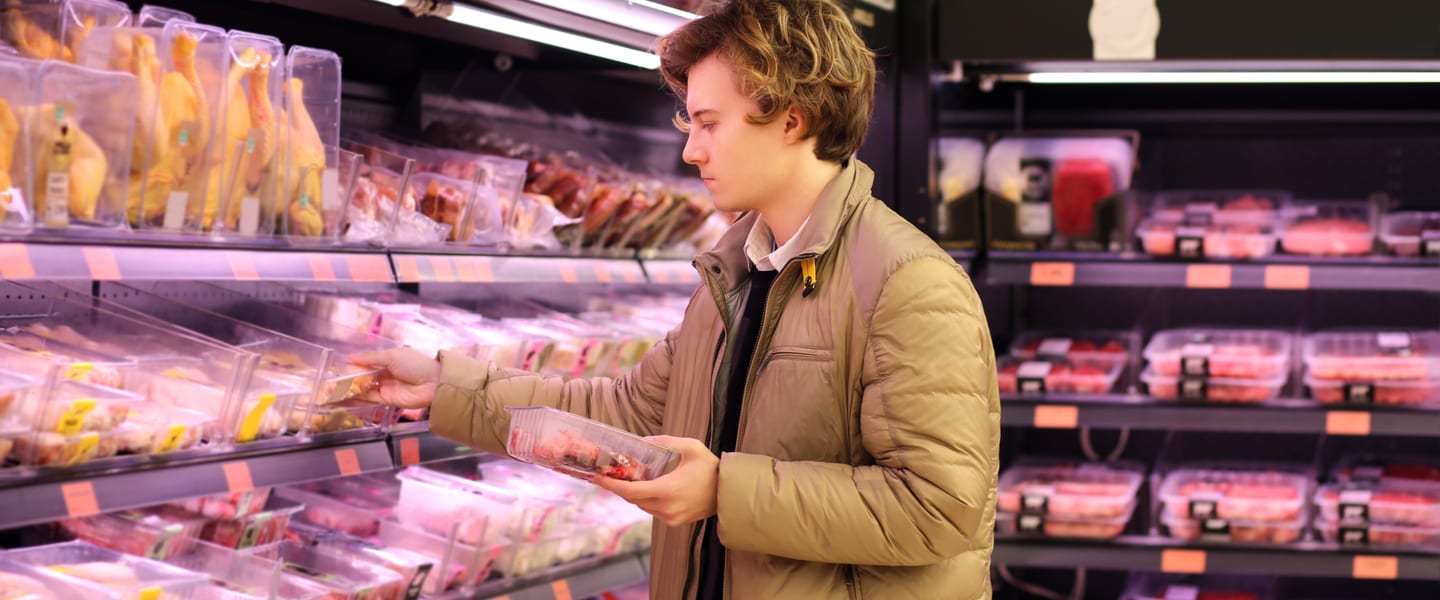High Steaks: How young men are beefing up their diets
According to the UK’s Climate Change Committee, we need to cut our meat consumption by “two kebabs’ worth” per week. The message is clear: achieving our climate goals requires a serious shift in how much meat and dairy we all eat.
The good news is, we’re already seeing a positive shift. Over the years, the UK has steadily been reducing its meat consumption – the average Brit bought 857g of meat per week in 2023, down from over 1kg in 2000. (DEFRA,2023)
However, our polling* has found that:

Getting to the meat of the issue
With help from gender equality charity Beyond Equality, media agency the7stars and British Nutrition Foundation, we took a deep dive into the complex connection between meat consumption and masculinity to look at the historical, societal and online factors driving these behaviours. Our research explores a growing gap in how different genders eat, the impact of lockdown on young men and the role of influencers in shaping ideas of masculinity.
We used research studies, past interviews, our own data, and expert opinions to get a real picture of this issue.
Protein Pressures workshop participant
So, why are young men eating more meat?
1. Meat and masculinity stereotypes
Men are 50% less likely than women to identify as vegetarian or plant-based. Data consistently shows us that the connection between meat consumption and masculinity runs deep. From trying to hit protein goals, to achieving a muscular physique, the stereotypes of a curry with the lads or blokes “manning” the BBQ have developed for a reason.
According to our research, younger men, aged 16-24, are significantly more likely than men in general to say they’d feel uncomfortable eating plant-based food with friends and family.
2. Influence of the manosphere
The ‘manosphere’ is undoubtedly having a big impact on how young men think about their identity and image. High meat consumption plays a crucial role in this narrative, portrayed as a sign of strength, masculinity, and dominance. And it’s a belief system being pushed by influential figures in fitness, tech, and self-improvement. Since 2022, there’s been a clear uptick in people like Joe Rogan, Jordan Peterson, and Andrew Tate promoting ‘carnivore diets’, declaring benefits like better mental clarity and a greater connection with nature, often alongside misinformation about the environmental impacts of meat consumption.
3. Protein challenge
From milkshakes to Mars bars, everything seems to be high protein these days. Our research found that young men view meat as necessary and natural for building muscles but some are willing to eat less and better meat and a more diverse diet when it's shown that this fits with their aspirations particularly around health and strength.
According to nutritionist Federica Amati, quoted in The Guardian, male clients “often set unnecessarily high protein targets, which they struggle to meet.”
And there are many more factors at play.
Read the full report to find out more, and our recommendations for tackling it.
*The polling cited in this report is nationally representative and conducted by Censuswide on behalf of Hubbub, with a total of 12,013 respondents surveyed across four waves between May 2023 and November 2024.

